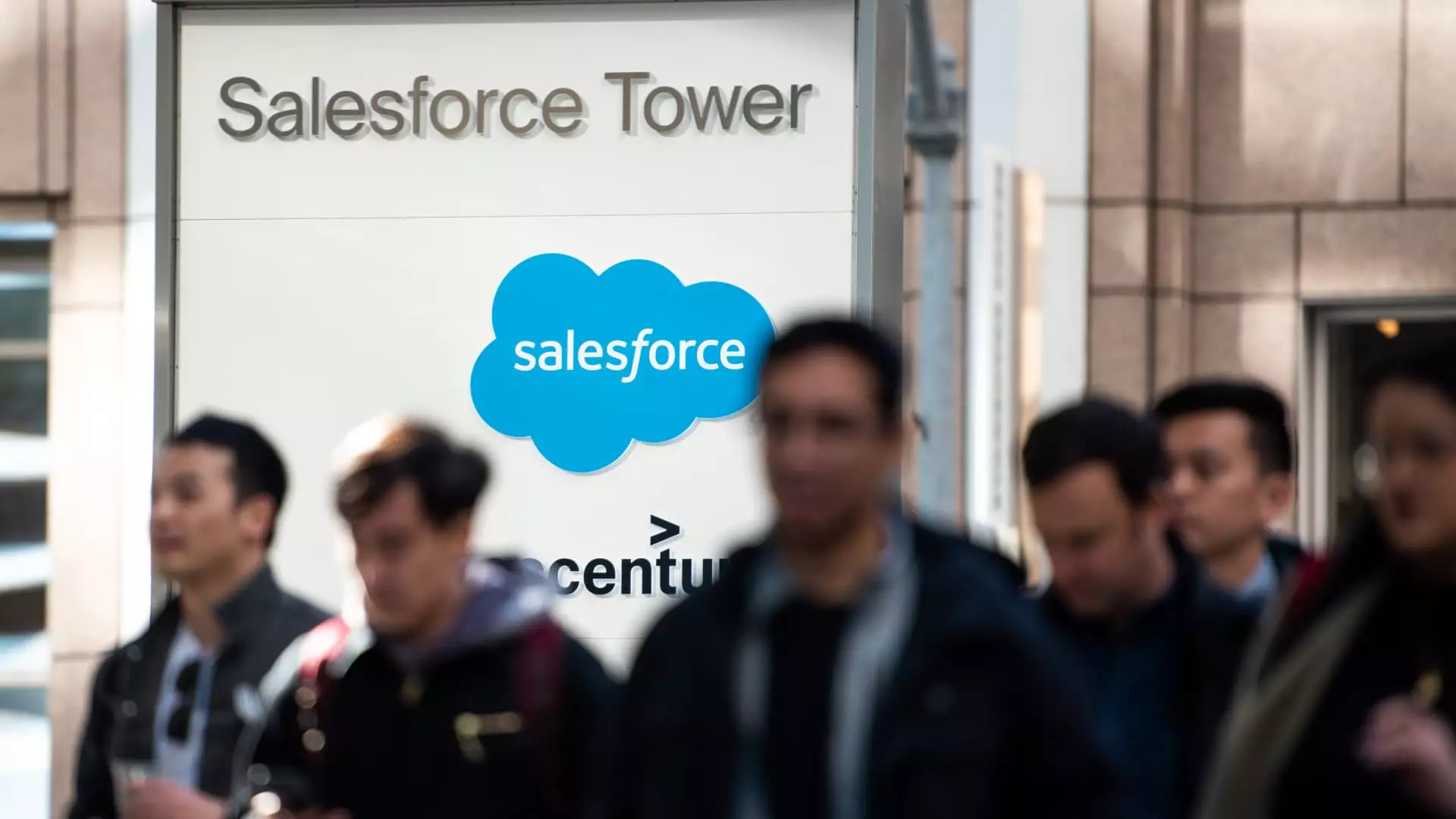The San Francisco real estate market has been facing significant challenges in recent times, with the vacancy rate for office space reaching a record high of 34.5% in the second quarter. This is a substantial increase from 33.9% in the first quarter, 28.1% in the same period a year ago, and a mere 5% before the pandemic. Additionally, the average asking rent has dropped to $68.27 per square foot, the lowest it has been since late 2015. These trends can be attributed to the difficulties associated with bringing people back to the office after the Covid pandemic and a slowdown in the tech industry leading to mass job cuts.
While the San Francisco real estate market is struggling, there has been a ray of hope with the growing popularity of generative AI. Major AI companies have contributed to the market by leasing significant office spaces in the city. For example, OpenAI, a market leader with a valuation exceeding $80 billion, leased about 500,000 square feet of space in the Mission Bay neighborhood. OpenAI’s expansion plans indicate a positive outlook for the AI sector in San Francisco. Similarly, other AI startups like Anthropic and Scale AI have also made significant real estate investments in the city.
While AI companies are making substantial contributions to the San Francisco real estate market, the broader trend indicates that tech companies, law offices, and consulting firms are looking to reduce their office footprint when existing leases come up. This shift is a result of the transition to hybrid work arrangements and the need for higher quality office spaces in desirable locations. Companies are relocating to areas with better amenities, such as restaurants and shops, to incentivize employees to return to the office. High-quality spaces with excellent locations and amenities continue to perform well amidst the market challenges.
Some of San Francisco’s top employers, including Salesforce, Uber, Visa, and Wells Fargo, have started bringing employees back to offices for part of the week. This partial return to office work has been beneficial in certain areas like the financial district, where the vacancy rate remains relatively lower compared to other parts of the city. However, areas like SoMa, which historically attracted venture-backed startups, are experiencing a vacancy rate of almost 50%. The decline in office occupancy in SoMa can be attributed to factors such as limited mass transit options and significant retail closures.
Despite the positive signs of market absorption improving in the second half and office job numbers stabilizing, there is still uncertainty surrounding the San Francisco real estate market. There is a possibility of rents falling further and vacancies increasing. Factors like the upcoming presidential election may also contribute to delays in new lease agreements, as tenants tend to postpone decision-making during times of major elections. It is crucial for stakeholders in the San Francisco real estate market to closely monitor these developments and adapt strategies to navigate the challenging landscape.
The impact of artificial intelligence on the San Francisco real estate market has been significant, with AI companies playing a crucial role in supporting the market amidst broader challenges. While there are positive signs of improvement, stakeholders must remain vigilant and proactive in addressing the evolving dynamics of the market.

